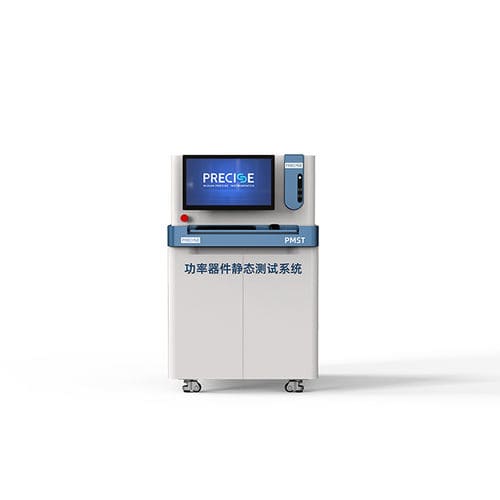
#Product Trends
Static parameter test of the third generation semiconductor power device
As a new generation of semiconductor materials, silicon carbide (SiC) and gallium nitride (GaN) have unparalleled advantages over traditional Si materials.
Their bandgap width is about 3 times that of Si, and the breakdown field strength is about 10 times that of Si. High power, high carrier mobility, fast saturated electron velocity, high temperature and high pressure resistance, high energy efficiency, low loss and other excellent characteristics meet high voltage and high frequency scenarios.
From new energy vehicles to photovoltaic energy storage, from rail transit to mobile power supplies, from data centers to communication base stations, power devices based on third-generation wide-bandgap semiconductor materials play a key role. Power semiconductor devices are an important part of the development of power electronics technology. They are the core devices for power electronic devices to realize power conversion and power management. Especially in the current environment of technological competition and energy conservation and environmental protection, the third-generation semiconductor has become the focus of the game between global powers.
In addition, the research on the third-generation wide-bandgap semiconductor materials is also promoting the continuous development of the LED lighting industry. From Mini-LED to Micro-LED, it continues to affect the semiconductor lighting industry, and plays an important role in the fields of high-power lasers and ultraviolet sterilization/detection. important role.
How to speed up the layout of SiC and GaN, and how to break the static parameter test of power devices?
At present, the power semiconductor device market presents development trends and directions such as integration and modularization, high performance and high reliability, multi-level technology, new device structures and processes, intelligence and reconfigurability. As a high power density device used in harsh environments, power semiconductor devices have the highest requirements for device reliability among all semiconductor devices. Therefore, precise performance test requirements for devices, reliability test conditions in line with usage scenarios, and accurate failure analysis methods will effectively improve the performance and reliability of power semiconductor device products.
The performance of power devices of different materials and technologies varies greatly. Traditional measurement techniques or instruments on the market can generally cover the testing requirements of device characteristics. However, the technology of silicon carbide (SiC) or gallium nitride (GaN) of wide bandgap semiconductor devices has greatly expanded the distribution range of high voltage and high speed. How to accurately characterize the I-V curve or other static characteristics of power devices under high current/high voltage, This poses a more stringent challenge to device test tools.





